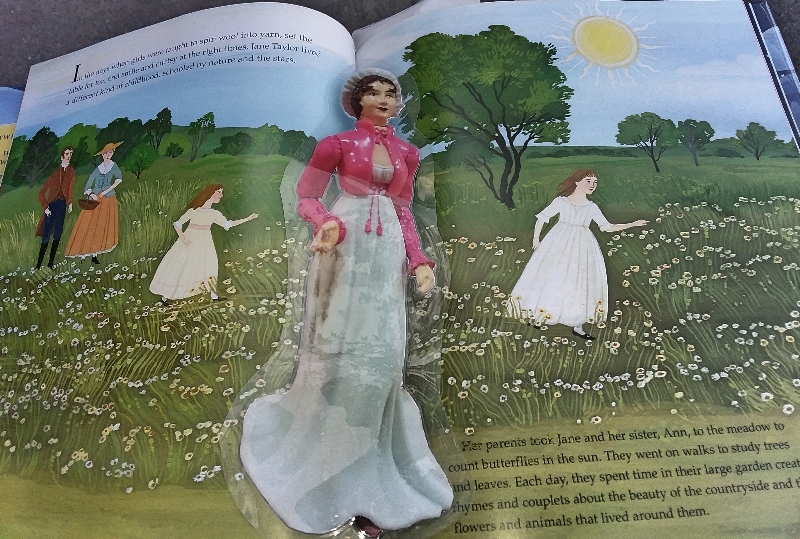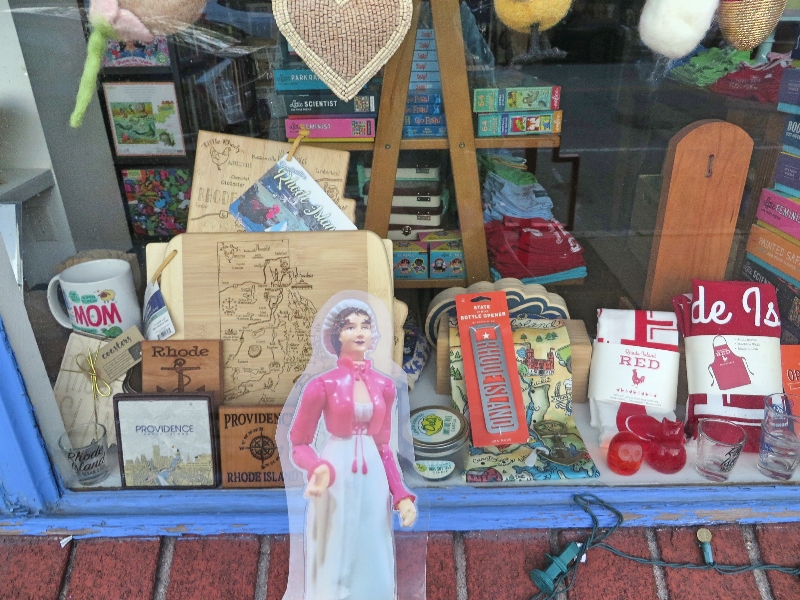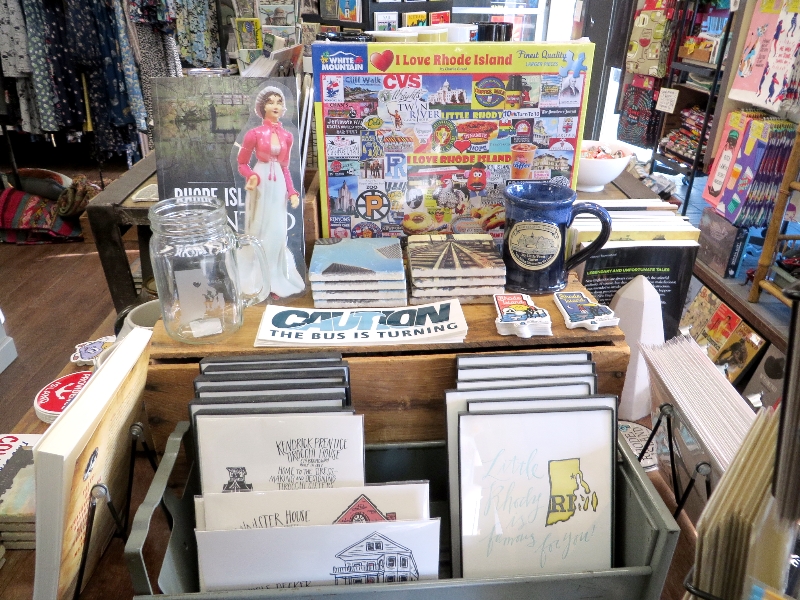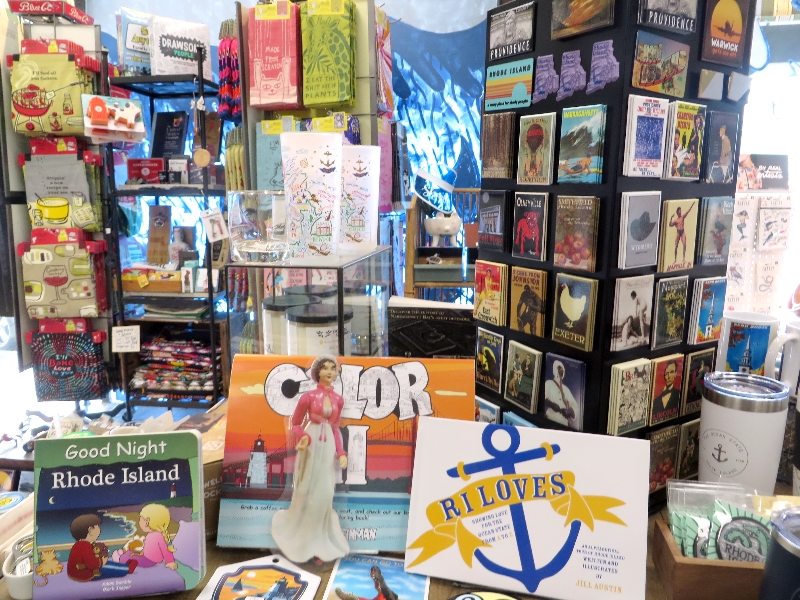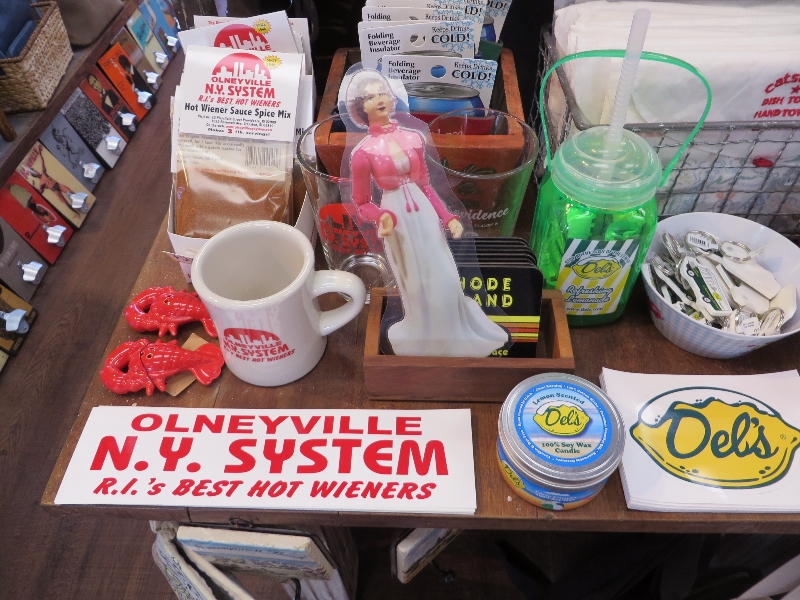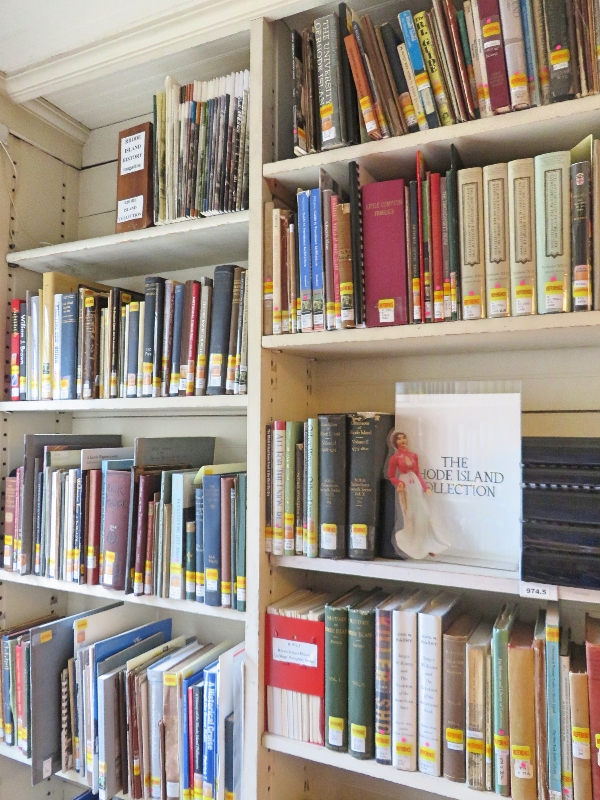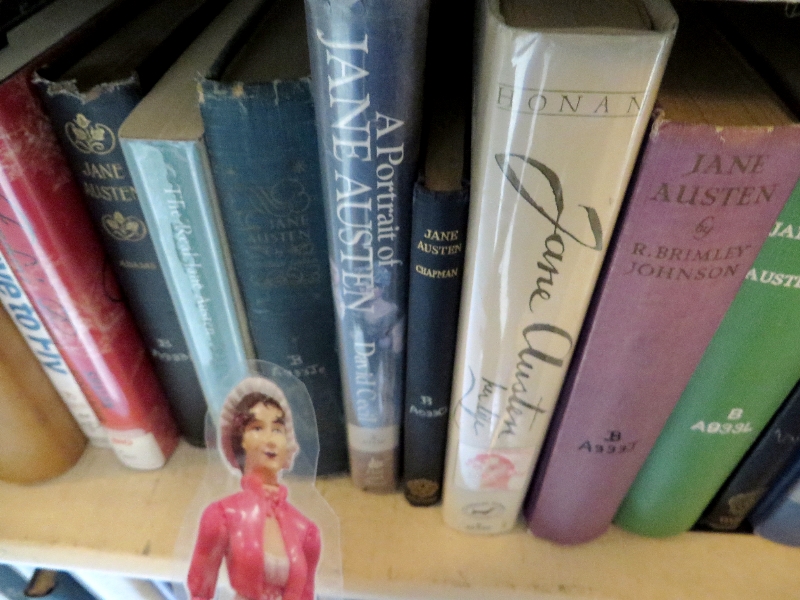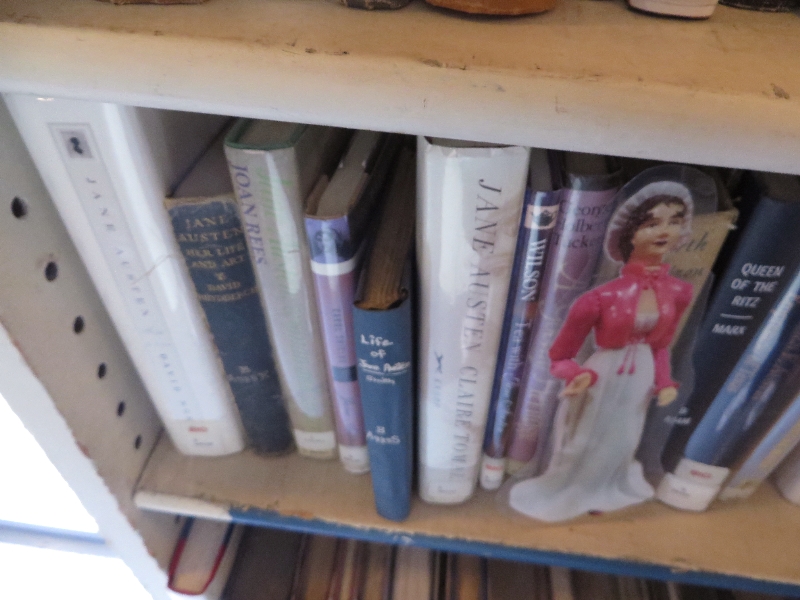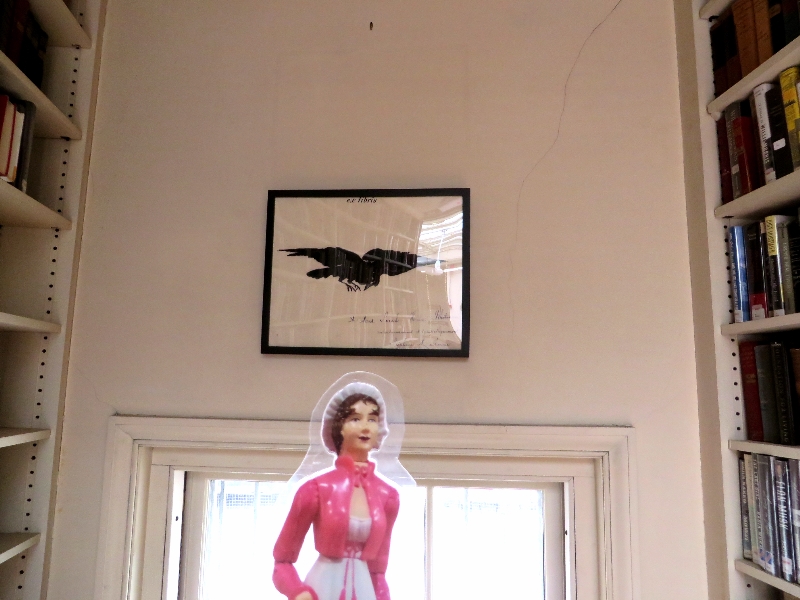In Which I Meet
The Marquis de Lafayette
August 1824
Greetings to you my good friends, I am here to write to you today about my latest encounter with a famous person! Last week I met the Marquis de Lafayette, hero of the Revolutionary War.
He thought I was Felicity! Do I look like Felicity?! And how does Felicity know him when independence hasn't yet been declared? He must have met her later.
 |
| Mark Schneider of Colonial Williamsburg |
I tried to sketch some self-portraits with Lafayette in the background. I gave up and let my guardian draw the picture instead.
I heard from my friend Faith in Boston the Marquis was a bit of a fop but he is not such a fop any longer. He is a very interesting man fighting to abolish slavery, freedom of worship and rights for women. If he had known he was creating a nation of slavery, he would never have come.
This year, 1824, Lafayette is making a tour of America. He came to Providence to speak with an audience. He spoke about his time in America during the Revolutionary War and how he helped secure victory at Yorktown in October 1781. Lord Cornwallis was curiously ill that day and tried to send his second in command to surrender but General Washington would accept no one less than first in command! Lafayette helped corner Cornwallis and forced him to surrender.
Did you know Lafayette was at Valley Forge during that devastating winter of 1777-1778? He was then asked to lead an invasion of Quebec from Albany, New York. Finding there were not enough men, Lafayette recruited the Oneida tribe (Iroquois Nation) to the cause of American independence. 47 Oneida traveled back to Valley Forge to offer assistance to George Washington. The Oneida considered Lafayette a great warrior and named him Kayewla (fearsome horseman). Lafayette befriended a young Oneida man, Peter Otsiquette, and brought Peter back to France to stay in his own home and be educated. On his return journey in 1784, Lafayette visited the Oneida again and helped them negotiate better peace and trade relations with Anglo-America. On this tour, 1824-1825, Lafayette wanted to see his old friends. Most of the Oneida were too young to know Lafayette but a few warriors were still living, including Peter's father who could not die without meeting Kayewla.
Lafayette married his wife when she was 14 and he 16! It was an arranged marriage but they loved each other very much. They had four children. The boy, Georges Washington Lafayette, died young. The youngest girl was named Marie Antoinette, plus another name in honor of Lafayette's friend, American ambassador to France, Thomas Jefferson. When the name Marie Antionette fell out of favor, they called her by her middle name, Virginie!
A man named Thomas Coles presented this sword to Lafayette.
After he visited the Brown family mansion, Lafayette visited the Masonic Lodge and that night there was a ball in his honor. I was not invited to either of those events!
It was a short visit on a warm day. We had to go back to the future and back to work! No fair! My guardian refused to buy me a new gown! She said she doesn't have the money. Why do you work other than to provide for ME and sometimes my friends?
I will write more soon about another famous person I happened to meet last year.
I will write more soon about another famous person I happened to meet last year.
Your friend,
Susanna























